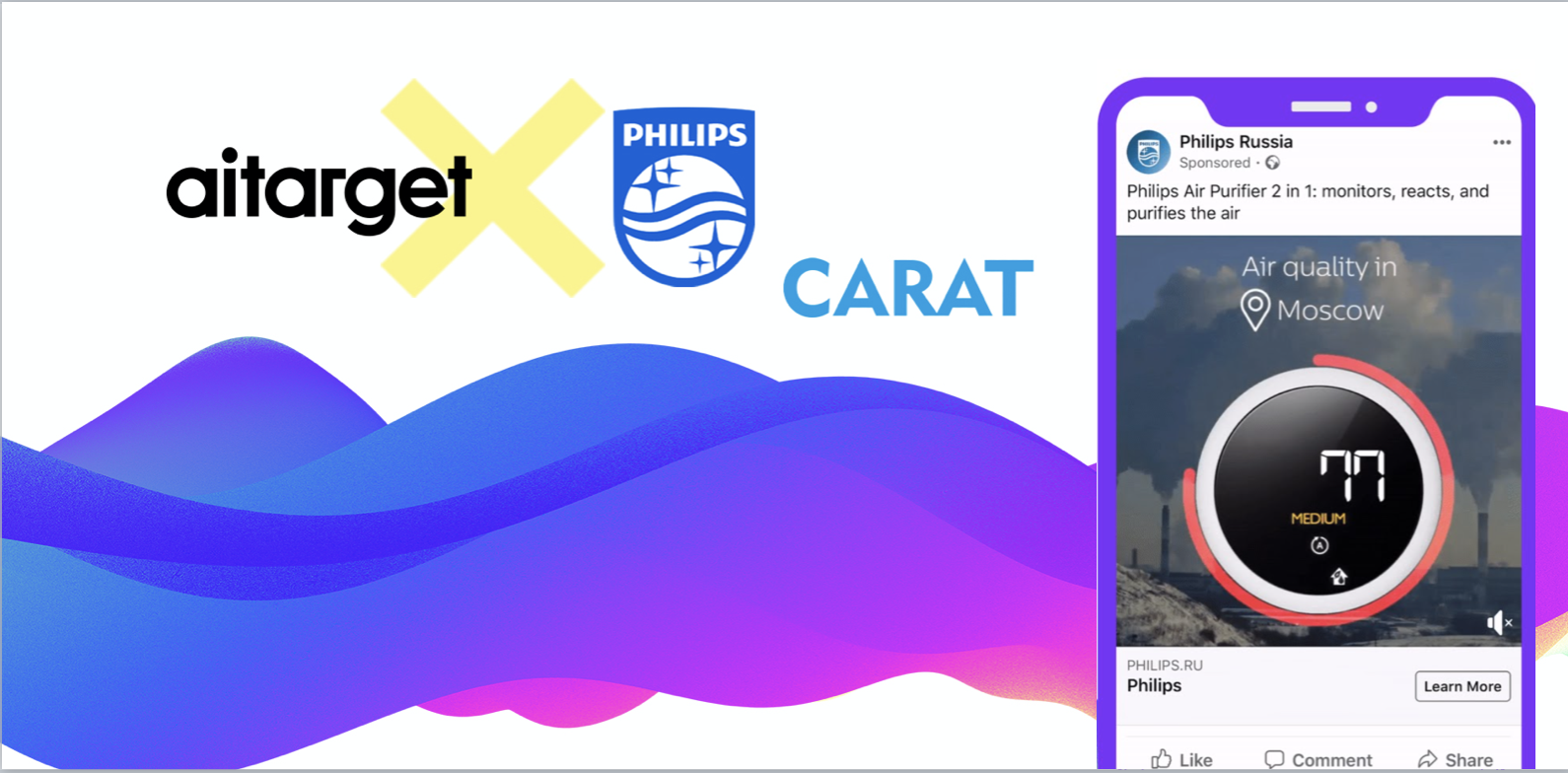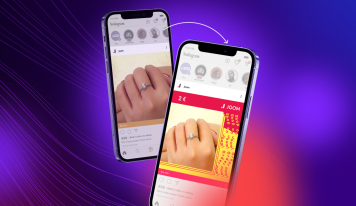We analyze how Aitarget, BreezoMeter, and Carat helped Philips achieve a sevenfold increase in sales simply by showing customers obvious personal benefits to themselves and the environment in ads.
Healthy lifestyle trends are gradually taking root in U.S. However, concerns about clean air and climate change have taken a back seat to more popular trends such as drinking two liters of water a day, and maintaining a wholesome diet and healthy sleep schedule.Philips was among the first to try and explain to people why air quality at home mattered and how it was a crucial element of a healthy lifestyle.
With the help of video advertising, Philips, Carat, and Aitarget — a Facebook marketing partner — launched a commercial on social media that showed how polluted the air was in certain cities at the time. It was so effective at convincing people that every household needed an air purifier that it boosted sales.
Selling a Healthy Lifestyle
The target audience for Philips’ 2-in-1 air purifier and humidifier is people aged 25–45 who live in large cities polluted by traffic and factories in residential areas. The question we wanted to answer was this: Is it possible to convince consumers to buy an air purifier by showing them just how unsafe the air quality levels were in their cities?
To test this theory, we needed to constantly show air pollution indexes to social media users. The problem was that these indexes change every day, and manually creating hundreds of ads with up-to-date information would have been time-consuming and a waste of resources.
To eliminate the hassle, Philips used the Aitarget Tech tool to create and update ads automatically.
Senior Media Planner, Carat:
We made video ads with built-in air quality indexes for each targeted region. Advertising was demonstrated only to its residents to increase interest in air quality. We selected 51 cities with our target audience, included two automatically generated indicators — the level of air pollution and geolocation — and launched video ads. After that, we did retargeting, with the product and its advantages added. The Aitarget tool helped us to personalize video ads by embedding the actual locations of users and air quality indicators changed in real-time.
The campaign was launched on October 15, 2019. The targeting was adjusted so that advertising appeared only in the cities where indexes fell below safe levels. Advertising was placed on Facebook and Instagram stories.

The technical aspects:
- Aitarget connected to BreezoMeter, an air pollution monitoring resource, via API. This service provides live air pollution maps.
- The data was updated once a day.
- Aitarget generated personalized videos that indicated BAQIs (BreezoMeter Air Quality Indexes) for each city.
The data remained relevant even when BreezoMeter indexes changed. A separate ad set was created for each city. If there was a change, the automation tool created a new video and reloaded it.
Account manager, Aitarget:
This kind of mechanic for an advertising campaign allows you to create a need to purchase a specific product. According to research, personalized advertising has a positive effect on brand positioning. In this case, the mechanics of Aitarget involve constant automatic updates of data, so each user can see the latest information about air quality in a particular city.
Later, in a retargeting campaign, those who had already seen a video with pollution indexes were shown a carousel with an analysis of the air purifier’s advantages.
As a result, awareness of air quality in large cities increased, and sales of Philips air purifiers grew in the most polluted regions.
Social Media Manager, Philips RCA:
The launch of personalized advertising has increased interest in air quality. As a result, in the cities we targeted, sales of Philips air purifiers grew by an average of 664% compared to Q1-Q3. The flagman model of the climate complex has become a bestseller in the brand’s online store.
Compared with the average value, Cost per ThruPlay decreased by 52% and CPC by 15%, while the view-through rate increased by one point. The lowest CPC was seen in polluted cities with low BAQIs.











